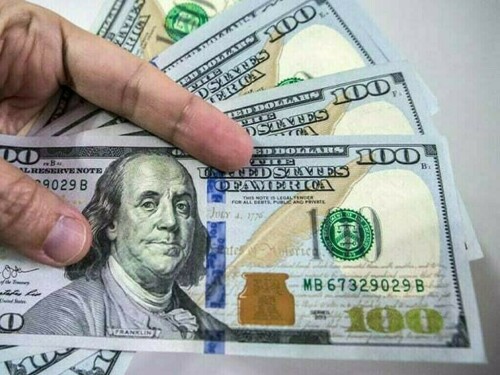Pakistani Rupee’s Slight Dip Against US Dollar
On Tuesday, the Pakistani rupee experienced a minor decrease against the US dollar, declining by 0.08% in the interbank market. The domestic currency concluded trading at 283.41, reflecting a loss of Re0.24 compared to the US currency. The rupee had previously closed at 283.17 on Monday.
Global Currency Market Overview
The US dollar saw a slight strengthening on the international market this Tuesday. However, most currencies maintained stable ranges as investors remained cautious due to ongoing geopolitical tensions in the Middle East, while anticipating forthcoming decisions from central banks.
Bank of Japan’s Policy Meeting
The Bank of Japan (BOJ) is concluding its two-day monetary policy meeting, where expectations point towards stable interest rates. They are also considering a deceleration in bond purchase reductions starting next fiscal year. Prior to the announcement, the yen saw a slight increase, reaching 144.70 per dollar, partially reversing earlier declines.
Broader Market Trends
Across the wider market, the dollar built on some gains amidst a risk-averse sentiment, influenced by continued unease in the Middle East. The White House announced that Donald Trump would cut short his attendance at the Group of Seven summit in Canada because of Middle East developments, requesting the National Security Council to convene in the situation room. Trump had previously urged immediate evacuation of Tehran and reiterated that Iran should have agreed to a nuclear accord with the US. The dollar index, measuring its value against a basket of currencies, edged up to 98.23.
Oil Price Fluctuations
Oil prices, an essential indicator for currency valuation, increased on Tuesday. According to analysts, market uncertainty is expected to keep prices high, despite no confirmed disruptions in production resulting from the Iran-Israel situation. Brent crude futures increased by 82 cents, or 1.1%, reaching $74.05 a barrel as of 0840 GMT. US West Texas Intermediate crude rose by 77 cents, or 1.1%, to $72.54. Both contracts had earlier risen by over 2% during the trading session, but then declined before recovering amidst volatile trading.
Impact of Middle East Tensions on Oil Supply
Iran ranks as the third-largest producer within the Organization of the Petroleum Exporting Countries, leading to widespread concerns that the ongoing conflict may disrupt its exports. Investors are also closely monitoring potential impacts on shipments through the Straits of Hormuz, which sees approximately 19 million barrels of oil and oil products pass through daily.



Comments (0)
No comments yet. Be the first to comment!
Leave a Comment